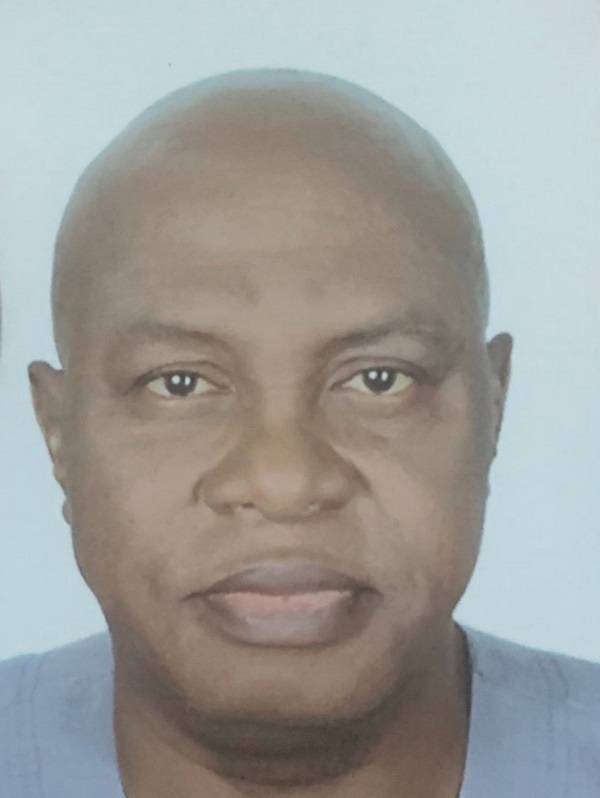
The International Telecommunications Union (ITU) is determined to bridge the digital divide and ensure inclusive development for one-third of the global population still on the outskirts of digital dividends. In 46 countries, including India and China, where the unconnected population is the highest, the ITU aims to address this issue by 2026.
To discuss this critical subject of “bridging the digital divide,” the ITU is organising a conference on digital futures. The conference, scheduled to take place between June 6 and 8, 2023, at the Tonino Lamborghini Convention Centre in Sharm el-Sheikh, Egypt, will be attended by regulators, country representatives and other stakeholders. The event called the ‘Global Symposium for Regulators’, aims to bring together the global regulatory community, policy-makers, industry bodies, academia, the private sector and ITU elected officials.
Among the globe’s 46 least-developed countries, almost one-third of the world’s offline population resides. Unfortunately, the Internet is considered affordable in only two of these countries. The digital connectivity divide, which encompasses access, digital skills, and affordability, is widening between the least developed countries and the rest of the world.
The United Nations defines the least developed countries (LDCs) as nations with low-income levels and severe structural impediments to sustainable development. As the UN strives to achieve its Sustainable Development Goals (SDGs) by 2030, resources are needed to ensure that the globe’s digital transformation is environmentally friendly.
United Nations Secretary-General António Guterres emphasised the significance of the digital revolution and the risks that the least developed countries face in falling behind. He stated, “We must dramatically improve accessibility and inclusivity and eliminate the digital divide.” The ITU has responded by issuing a worldwide appeal to increase the value of pledges for digitalising the world from the current USD 30 billion to USD 100 billion by 2026.
This appeal by the ITU, the United Nations specialized agency for information and communication technologies, focuses on raising resources for universal and meaningful connectivity and digital transformation in the least developed countries. The announcement of this target was made on May 17, observed as World Telecommunication and Information Society Day, which commemorates the signing of the first International Telegraph Convention and the founding of the ITU in 1865.
ITU Secretary-General Doreen Bogdan-Martin highlighted the need for action to accelerate digital transformation for everyone. She stated, “Tech is at the top of the global agenda, but the benefits of digital technology are still out of reach for too many people.” In 2023, the ITU’s anniversary is dedicated to empowering the least developed countries through information and communication technologies, using the Partner2Connect Digital Coalition and its online pledging platform.
The ITU’s appeal to the public and private sectors includes a campaign launched by Partner2Connect in February 2022. This campaign aims to mobilise direct funding and other contributions for connectivity projects in countries with the lowest levels of development. Out of the already pledged USD 30 billion, Partner2Connect has identified commitments worth USD 12 billion to bring the least developed countries online as quickly as possible.
As of April 2023, India has the largest offline population worldwide, with over 705 million people without internet access. China ranks second with approximately 358 million people disconnected from the internet. Despite these high numbers, China and India are also the countries with the highest number of internet users globally. Other countries with significant offline populations include Pakistan (151.52 million), Bangladesh (105.38 million), Ethiopia (104.74 million), Nigeria (99.31 million), Indonesia (92.84 million), the Democratic Republic of Congo (87.2 million), Tanzania (45.77 million) and Kenya (36.75 million).
The digital connectivity divide between the least developed countries and the rest of the world is not narrowing; in fact, it is widening. ITU’s ‘Facts and Figures: Focus on Least Developed Countries’ reveal that while the share of the population in LDCs using the internet has increased from four per cent to 36 per cent since 2011, about two-thirds of the LDC population remains offline. Barriers to meaningful connectivity, such as infrastructure, affordability and skills, still persist in these countries.
The gap between LDCs and the rest of the world in terms of the share of people using the Internet has increased from 27 percentage points in 2011 to 30 percentage points in 2022. Bogdan-Martin emphasized the importance of digital development for the world’s least developed countries and the need to strengthen commitments between these countries and their development partners.
The ITU’s efforts to bridge the digital divide and widen digital dividends are crucial for achieving global inclusivity and sustainable development. By increasing resources, improving accessibility, and eliminating barriers, the ITU aims to ensure that the benefits of digital technology are accessible to all, regardless of their location or level of development. The upcoming conference on digital futures provides an opportunity for stakeholders to come together and find innovative solutions to this pressing issue.

